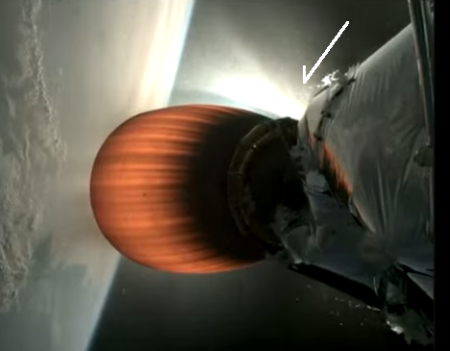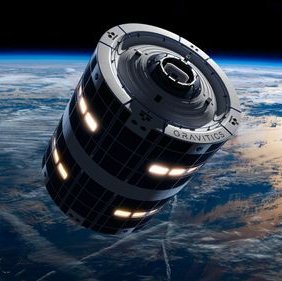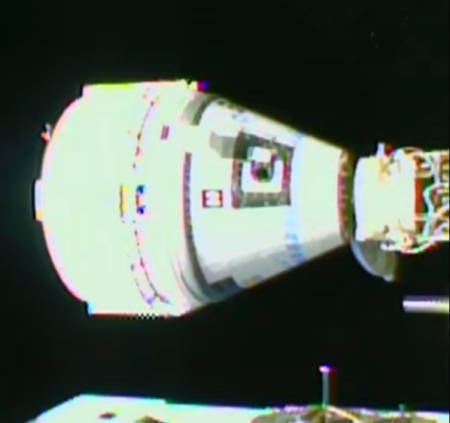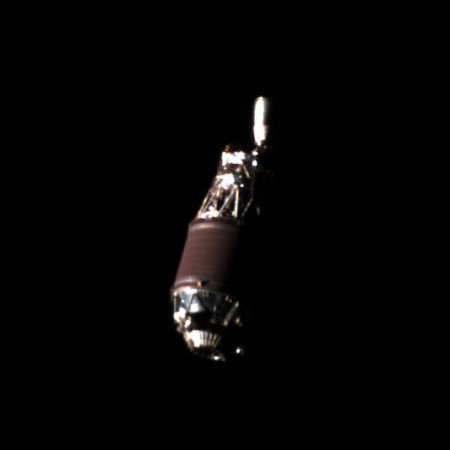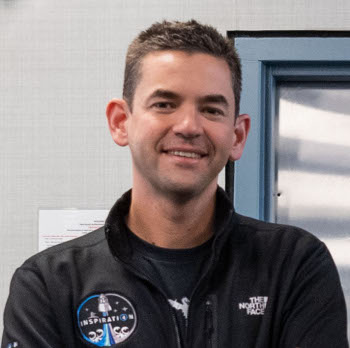FAA is apparently starting a new environmental impact assessment for Boca Chica
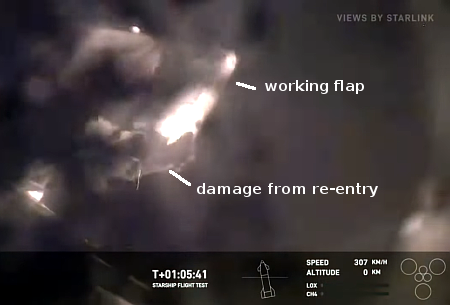
Damaged but working flap during June 6, 2024
Starship/Superheavy test flight
Today I received the following email from the FAA:
Dear Interested Party:
The FAA is holding public meetings on the Draft Tiered Environmental Assessment (Draft EA) for SpaceX’s proposal to increase the number of launches and landings of its Starship/Super Heavy vehicle at the Boca Chica Launch Site in Cameron County, Texas. The Draft EA will analyze SpaceX’s proposal to increase its launch and landing cadence as follows:
- Up to 25 annual Starship/Super Heavy orbital launches
- Up to 25 annual landings of Starship
- Up to 25 annual landings of Super Heavy
The Draft EA will also address vehicle upgrades.
There will be three public meetings, one on August 13, 2024 on South Padre Island, one on August 15, 2024 in Port Isabel, and the third a virtual zoom meeting on August 20, 2024. Anyone can register for the zoom meeting. For all the meetings, “The public will have an opportunity to submit written and oral comments during the meetings.” Expect the leftist anti-Musk, anti-SpaceX activists to come out in droves.
What is really significant about this is that SpaceX has applied to expand its operations at Boca Chica beyond the limitations set by the environmental reassessment issued in 2022. The FAA had said in that reassessment it would re-open it if and when SpaceX requested any changes. It has now done so.
» Read more

Damaged but working flap during June 6, 2024
Starship/Superheavy test flight
Today I received the following email from the FAA:
Dear Interested Party:
The FAA is holding public meetings on the Draft Tiered Environmental Assessment (Draft EA) for SpaceX’s proposal to increase the number of launches and landings of its Starship/Super Heavy vehicle at the Boca Chica Launch Site in Cameron County, Texas. The Draft EA will analyze SpaceX’s proposal to increase its launch and landing cadence as follows:
- Up to 25 annual Starship/Super Heavy orbital launches
- Up to 25 annual landings of Starship
- Up to 25 annual landings of Super Heavy
The Draft EA will also address vehicle upgrades.
There will be three public meetings, one on August 13, 2024 on South Padre Island, one on August 15, 2024 in Port Isabel, and the third a virtual zoom meeting on August 20, 2024. Anyone can register for the zoom meeting. For all the meetings, “The public will have an opportunity to submit written and oral comments during the meetings.” Expect the leftist anti-Musk, anti-SpaceX activists to come out in droves.
What is really significant about this is that SpaceX has applied to expand its operations at Boca Chica beyond the limitations set by the environmental reassessment issued in 2022. The FAA had said in that reassessment it would re-open it if and when SpaceX requested any changes. It has now done so.
» Read more

